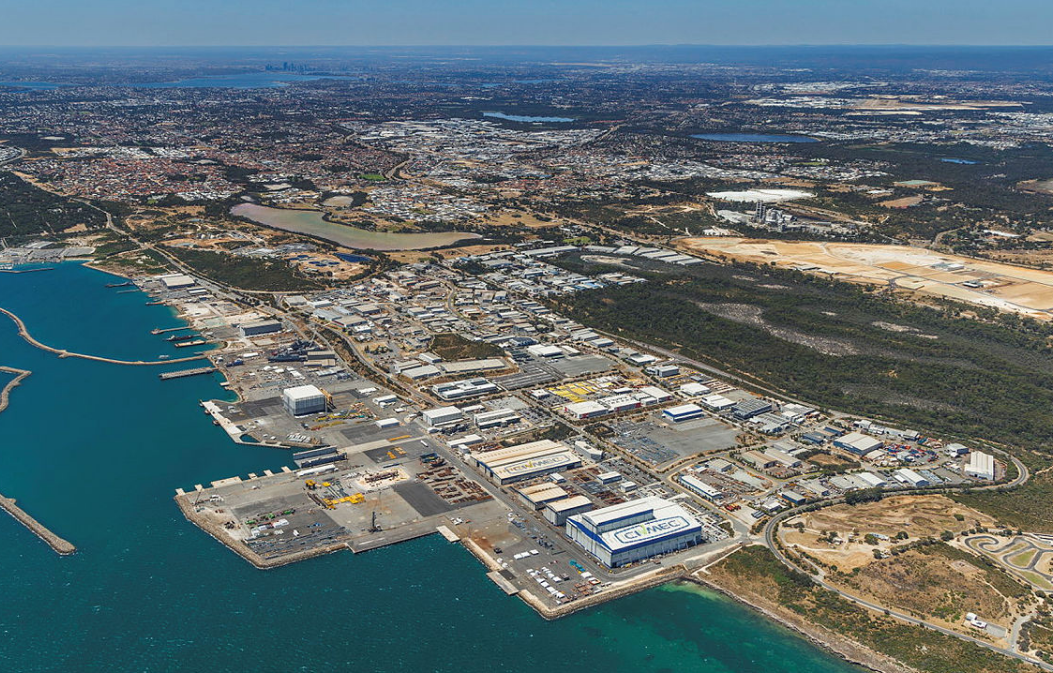Major Investment to Strengthen Australian Naval Shipbuilding
The Australian Government has allocated a substantial sum of $12 billion AUD (approximately $8 billion USD) aimed at establishing a cutting-edge defence precinct in Henderson, Western Australia. This ambitious project is designed to secure continuous naval shipbuilding capabilities while underpinning Australia’s commitment to AUKUS security arrangements.
Key Elements of the Defence Precinct Investment
This early stage funding has two primary purposes: it assures industry partners their roles in constructing necessary infrastructure and kick-starts groundwork activities as detailed planning continues. The investment focuses on creating a comprehensive facility that supports the construction, maintenance, and sustainment of naval surface vessels, including future frigates and the incoming fleet of nuclear-powered submarines expected in the 2030s.
- Construction of surface vessels starting with Army’s Landing Craft, escalating to domestic manufacturing of future general purpose frigates.
- Development of dedicated facilities to sustain Australia’s current and future surface combatant fleet.
- Provision of contingency docking capabilities essential for the maintenance of conventionally armed, nuclear-powered submarines.
- Depot-level maintenance including graving docks to ensure efficient vessel upkeep.
Background and Continuing Funding
The five-year plan builds upon an initial $127 million investment focused solely on precinct planning. As Hogarth Government officials finalize designs and assess delivery models—including the potential for private financing—further funding will be considered to complete the broader vision for Henderson.
Government Perspectives on the Naval Boost
Australian officials emphasize this naval project as a cornerstone for the country’s sovereign defence industry and economic future. The Deputy Prime Minister highlighted the significance of increasing defence spending to unprecedented levels to meet national capability goals. Meanwhile, the Minister for Defence Industry underscored Western Australia’s pivotal role in advancing Australia’s defence capabilities through this consolidation.
Strategic Implications and Industry Impact
The Henderson precinct will not only enable ongoing naval production but also catalyze job creation and industrial growth locally. The project is seen as a leap forward in fostering a “future made in Australia,” supporting technological innovation and supply chain resilience. From a logistics perspective, this means a surge in the movement of materials, equipment, and components necessary to build and maintain these vessels, increasing demand for efficient freight and cargo handling in regional hubs.
Recent Related Defence Investments
Complementing this massive outlay, the government recently committed $1.7 billion AUD (around $1.12 billion USD) to enhance the Royal Australian Navy’s fleet with extra-large autonomous undersea vehicles—known as Ghost Sharks. These advanced drones signal the growing role technology plays in naval operations, further influencing logistics surrounding high-tech equipment transport and deployment.
Table: Overview of Australia’s Recent Naval Defence Investments
| Project | Funding (AUD Billion) | Main Focus | Vaikutukset logistiikkaan |
|---|---|---|---|
| Henderson Defence Precinct | 12 | Naval shipbuilding infrastructure and maintenance | Boost in regional cargo, warehousing, and supply chain needs |
| Ghost Shark Autonomous Undersea Vehicles | 1.7 | Fleet modernization with unmanned undersea tech | Specialized freight solutions for high-tech equipment transport |
Logistics and Supply Chain Considerations
With this scale of investment, the ripple effects on logistics and freight operations can’t be ignored. Naval shipbuilding demands an orchestrated flow of bulk materials, heavy equipment, and precision parts. The establishment and expansion of Henderson will require robust haulage services, warehousing facilities, and streamlined distribution channels. This creates significant opportunities for freight movers, couriers, and container logistics providers—both domestically and on international forwarding routes.
List of Expected Logistics Challenges and Opportunities
- Coordination of bulky cargo shipments for large vessel components.
- Ensuring timely delivery within a strict construction schedule.
- Managing cross-border supply chains for advanced technological equipment.
- Provision of reliable transport options that can handle industrial-scale goods.
- Adapting to potential fluctuations in freight demand linked to defence milestones.
Why This Matters: Insights and Outlook
This monumental defence investment stands as a beacon of Australia’s commitment to maintaining a strong naval presence while bolstering its domestic industrial base. Although on a global scale, this might appear as a regional affair, the implications for logistics professionals and industry stakeholders are substantial. The project’s scale demands seamless freight operations, advancing supply chain integration and innovation.
Of course, no matter how glowing the reports and forecasts may sound, there’s no substitute for firsthand experience. For businesses and individuals seeking dependable, cost-efficient cargo transportation, platforms like GetTransport.com provide a perfect fit. Offering a wide range of global freight, from office and home moves to shipping bulky equipment and vehicles, GetTransport.com stands out with transparent pricing and an extensive selection of shipment options. That combination helps customers dodge overpaying or hitting a logistical dead end. Varaa rahtikuljetuksesi GetTransport.com to enjoy unparalleled convenience and affordability.
Lopulliset ajatukset
The $12 billion commitment to Australia’s Henderson defence precinct signals a transformative phase for the nation’s naval shipbuilding and broader defence sector. Supporting the construction and maintenance of surface vessels and preparing for future nuclear-powered submarines, this project will generate increased demand in freight, shipping, and logistics services. Recent investments in cutting-edge autonomous vehicles further illustrate the evolving technological landscape, placing additional demands on international and domestic transportation networks.
As the logistics industry adapts to these needs, platforms like GetTransport.com emerge as crucial enablers—offering reliable, cost-effective solutions for complex freight, shipment, and delivery challenges. Whether moving pallets, containers, or bulky items across borders or coordinating local dispatches, GetTransport.com simplifies the complexities inherent to haulage and forwarding. This ensures that both defence and related commercial industries stay on course without unnecessary transport hurdles.

 Australia Commits $12 Billion to Naval Shipbuilding and Defence Industry Expansion">
Australia Commits $12 Billion to Naval Shipbuilding and Defence Industry Expansion">